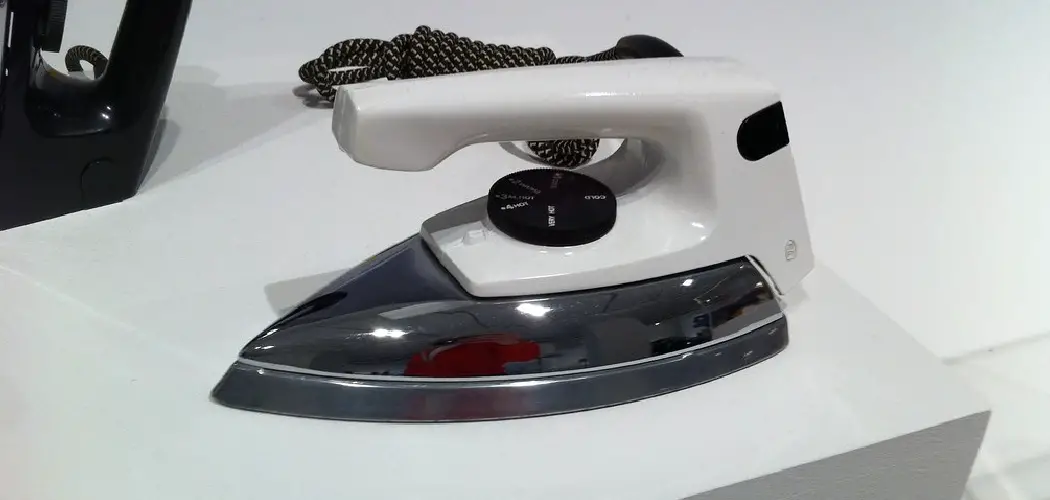Cold ironing clothes is an effective technique to smooth out wrinkles without using heat. This method is particularly useful for delicate fabrics that could be damaged by traditional ironing methods or for quick touch-ups when an iron is not available. This guide explores the key aspects of how to cold iron clothes. By using alternative tools and methods, such as a damp cloth or garment steamer, you can maintain the fabric’s integrity while achieving a polished look. Whether you’re at home or traveling, learning to cold iron will keep your clothes looking fresh and wrinkle-free.
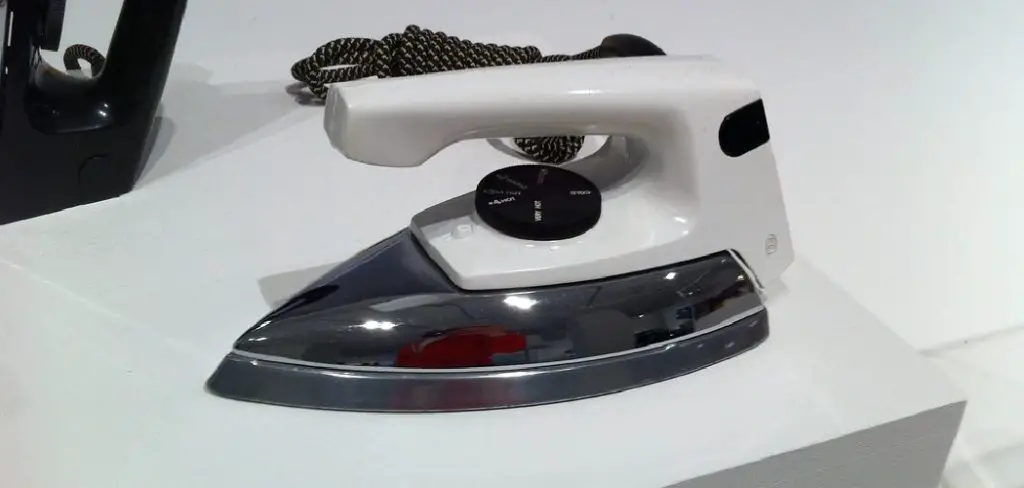
Understanding Cold Ironing
Cold ironing is a fabric care technique that leverages moisture and pressure rather than heat to eliminate wrinkles from clothing. This method is especially advantageous for garments made from fabrics like silk, wool, and synthetic blends that are prone to damage or shrinkage when exposed to high temperatures. By bypassing heat, changes, ensuring that your clothes maintain their original texture and fit.
Additionally, this technique is eco-friendly, as it eliminates the need for electricity typically used in traditional ironing methods. To cold iron effectively, one must be equipped with the right tools and have a grasp of the appropriate techniques tailored to various fabric types. Understanding these nuances can significantly extend the lifespan of your garments while achieving a crisp, presentable appearance.
Tools and Materials Needed
To successfully cold iron clothes, you’ll need a few essential tools and materials that facilitate the process while being gentle on your fabrics. Here’s a list of items to consider:
- Garment Steamer: A handheld garment steamer is an excellent alternative to traditional irons, providing gentle steam that relaxes fabric fibers and smooths out wrinkles without the risk of overheating.
- Spray Bottle: Filled with clean water, a spray bottle allows you to lightly mist clothing items, which helps in loosening wrinkles and restoring the fabric’s natural shape, especially on the go.
- Damp Cloth: A clean, damp cloth can be used to gently press and smooth out wrinkles. It’s ideal for delicate fabrics that can’t withstand direct pressure or heat.
- Clothing Brush: A soft-bristled clothing brush can aid in removing surface dirt and fibers, contributing to the overall look of smooth, wrinkle-free attire.
- Flat Surface or Ironing Board: A firm, flat surface such as an ironing board is essential to lay garments flat, allowing you to apply consistent pressure when smoothing out wrinkles.
By assembling these tools and materials, you are prepared to maintain your wardrobe in pristine condition without the use of heat.
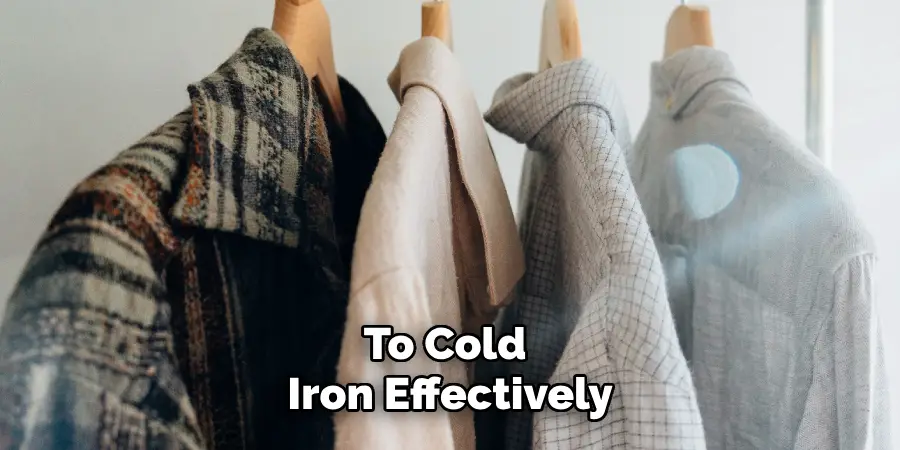
10 Methods How to Cold Iron Clothes
1. Understand the Fabric Type
Before you begin cold ironing, it’s crucial to understand the type of fabric you’re working with. Delicate materials such as silk, chiffon, or synthetic blends can be particularly susceptible to heat damage. Familiarize yourself with the care labels on your clothing to determine the best cold ironing method for each fabric. For instance, some fabrics may only require a light touch, while others can withstand a bit more moisture. Knowing your fabric types will help you tailor your approach and avoid potential mishaps.
2. Prepare Your Ironing Area
Creating an organized and clean ironing area is essential for successful cold ironing. Set up an ironing board in a well-lit space, ensuring it is at a comfortable height for you. Gather all necessary tools, including a steam iron, a spray bottle filled with water, and a clean cloth or pressing cloth. Having everything within reach will streamline the process, allowing you to focus on the task at hand. A tidy workspace not only improves efficiency but also helps you maintain concentration as you work on your garments.
3. Use a Spray Bottle for Moisture
Cold ironing relies heavily on moisture to help relax fabric fibers and eliminate wrinkles. Fill a spray bottle with water and lightly mist the clothing before you start ironing. Be careful not to oversaturate the fabric; a light, even mist will suffice. The moisture will help the fibers relax as you iron, making it easier to smooth out wrinkles without applying direct heat. For particularly stubborn wrinkles, you may want to focus a bit more moisture on those areas before beginning the cold ironing process.
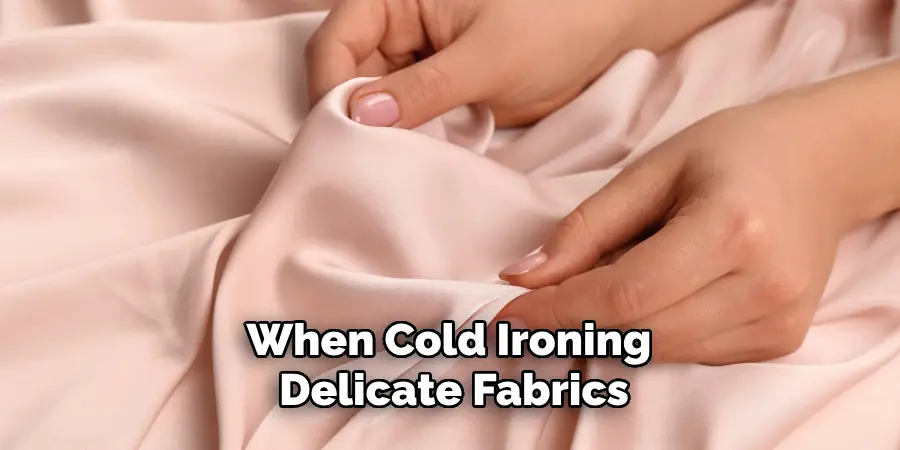
4. Utilize a Pressing Cloth
When cold ironing delicate fabrics, using a pressing cloth can provide an extra layer of protection. A clean, thin cotton cloth or muslin can be placed between the iron and the fabric, preventing direct contact and reducing the risk of damage. This method is especially important for fabrics like silk or lace, which can easily scorch. Simply lay the pressing cloth over the area you wish to iron and proceed with the cold ironing technique. This additional barrier ensures that your garments maintain their quality while still achieving a wrinkle-free appearance.
5. Set Your Iron to the Right Temperature
Although cold ironing uses steam without direct heat, it’s still important to set your iron to the appropriate temperature for the fabric type. Most steam irons have a fabric selector dial that indicates the ideal settings for various materials. Choose a low to medium setting, avoiding high heat, which can lead to unwanted damage. If your iron has a steam-only feature, you may consider using that to maximize steam output without direct heat contact. Taking this precaution helps to protect your garments while still effectively removing wrinkles.
6. Iron in Sections
When cold ironing, working in sections can lead to a more efficient and thorough process. Start with one area of the garment, such as the collar or sleeves, and work your way down. For larger items like shirts or dresses, consider dividing them into manageable sections, which allows you to focus on smoothing out wrinkles more effectively. As you finish one section, gently lift the fabric to check for any remaining wrinkles and repeat the cold ironing process as needed. This method ensures that you give adequate attention to each part of the garment for a crisp finish.
7. Use Vertical Steaming Techniques
Vertical steaming is an excellent cold ironing method, especially for hanging garments. Hang the clothing item on a sturdy hanger and use your steam iron in an upright position to gently steam out wrinkles. Hold the iron a few inches away from the fabric, allowing the steam to penetrate and relax the fibers. This technique is particularly effective for items like dresses or jackets, where direct ironing might be cumbersome. Additionally, it can help to refresh garments that have been stored or wrinkled during travel, ensuring they look their best with minimal effort.
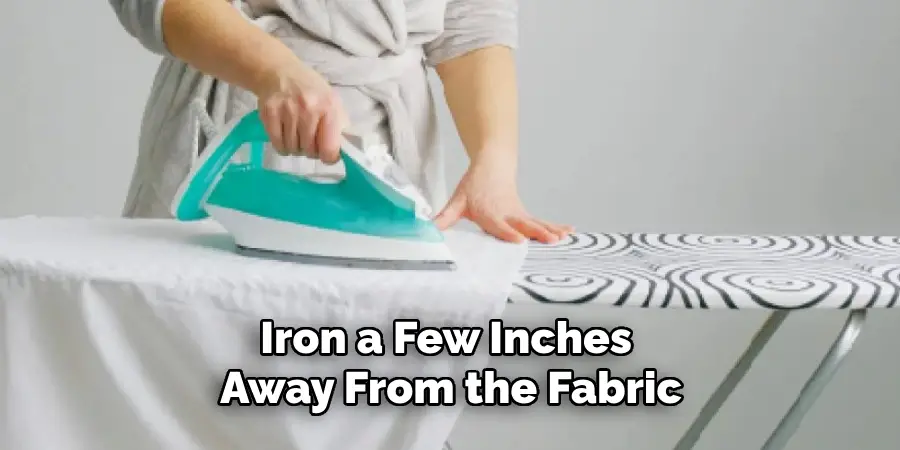
8. Pay Attention to Seams and Hems
When cold ironing, special attention should be given to seams and hems, as these areas often hold wrinkles more stubbornly. For seams, gently pull the fabric taut with one hand while applying steam with the iron in the other. This technique helps to smooth out any unevenness and achieve a polished look. For hems, lay the fabric flat and use the iron to steam along the edge, ensuring a crisp finish. Taking the time to focus on these details can elevate the overall appearance of the garment, making it look professionally pressed.
9. Allow Garments to Cool
After cold ironing, it’s essential to allow your garments to cool before wearing or folding them. This cooling period helps the fibers set in their new, wrinkle-free state. Hang the items on a hanger or lay them flat on a clean surface for a few minutes. Avoid stacking or folding garments immediately after ironing, as this can cause new wrinkles to form. By giving your clothing time to cool, you ensure that your efforts in cold ironing yield the best possible results, leaving your clothes looking sharp and well-kept.
10. Maintain Your Iron for Optimal Performance
To achieve the best results with cold ironing, maintaining your iron is crucial. Regularly check the steam vents for any clogs and clean the soleplate to prevent residue buildup. Using distilled water in your steam iron can also help prevent mineral deposits, ensuring optimal steam output. Following the manufacturer’s care instructions will prolong the life of your iron and enhance its performance. A well-maintained iron will make your cold ironing efforts more effective and enjoyable, resulting in beautifully pressed garments each time.
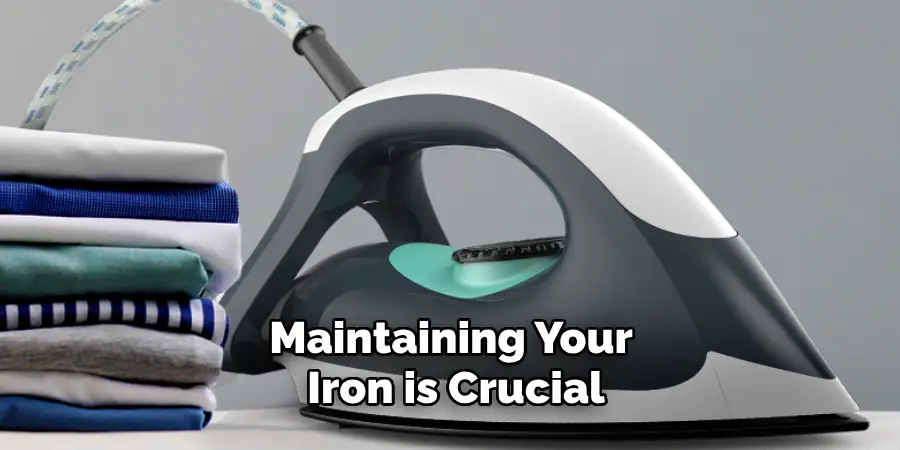
Conclusion
Cold ironing is an invaluable technique for maintaining the appearance of your clothing while protecting delicate fabrics from heat damage. By understanding fabric types, preparing your ironing area, and utilizing effective methods such as vertical steaming and using a pressing cloth, you can achieve crisp, wrinkle-free results. With these ten methods, you’ll be well-equipped to incorporate cold ironing into your laundry routine, ensuring that your garments always look polished and presentable. Thanks for reading, and we hope this has given you some inspiration on how to cold iron clothes!
About
Angela is the chief editor of Indoorense. She began her career as an interior designer before applying her strategic and creative passion to lifestyle and home.
She has close to 15 years of experience in creative writing and online content strategy for housekeeping and cleaning,home decorations as well as other efforts.
She loves her job and has the privilege of working with an extraordinary team. She lives with her husband, two sons, and daughter in Petersburg. When she’s not busy working she spent time with her family.

